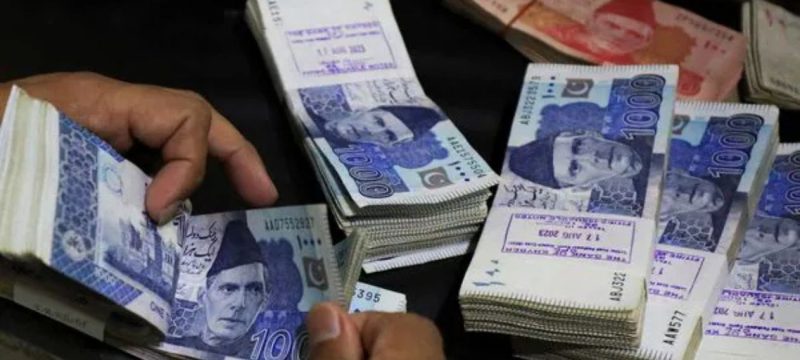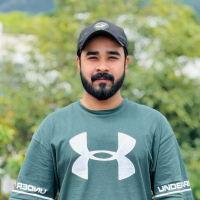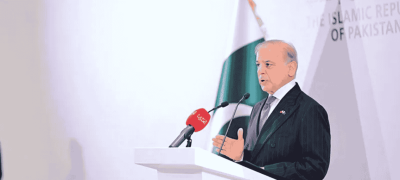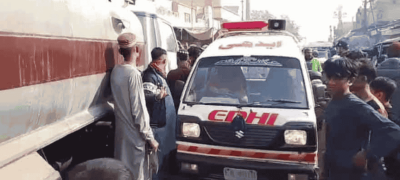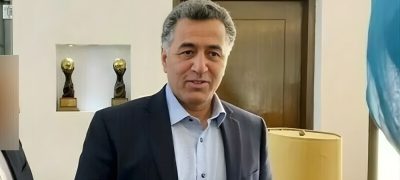The World Bank has updated its global poverty benchmarks, resulting in 44.7% of Pakistan’s population being classified as poor under the new standards, with nearly 40 million people living in extreme poverty.
This revision includes an increase in the daily income threshold for lower-middle-income countries like Pakistan, raising it from $3.65 to $4.20 per person. According to this new benchmark, approximately 108.95 million Pakistanis, earning less than around Rs1,200 per day, are officially considered poor.
Read more: World Bank Boosts Support for Pakistan’s Rural Roads and Tourism
Previously, the poverty rate was recorded at 39.8%, but the updated measure takes into account changes in purchasing power and rising living costs in developing nations. The World Bank clarified that this methodological change does not imply a decline in actual living standards but provides a more accurate and current evaluation of economic vulnerability.
For extreme poverty, the World Bank set a new threshold of $3 per day. Based on this, about 16.5% of Pakistan’s population, or roughly 39.8 million people, live in severe poverty.
The report highlighted a significant challenge in Pakistan’s poverty assessment due to the absence of new population census data, forcing reliance on household surveys from 2018-19. This reliance on outdated data may mean that actual poverty figures are higher than currently reported.
Pakistan remains classified as a lower-middle-income country, and the new poverty lines reflect adjusted thresholds for all income groups worldwide. For instance, the poverty line for low-income countries has increased from $2.15 to $3.00 per day, while for upper-middle-income countries, it has risen from $6.85 to $8.30 per day.
Using this broader standard, 88.4% of Pakistan’s population falls below the $8.30 per day mark, indicating a widespread level of economic vulnerability beyond those officially classified as poor.


